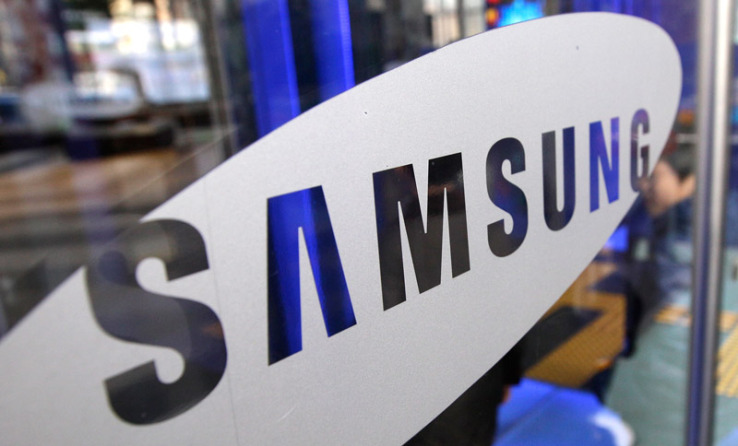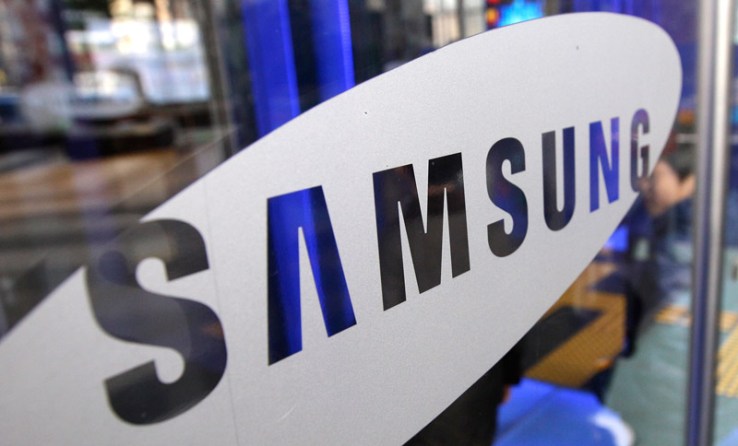

At a company event today in San Francisco, Samsung President & Chief Strategy Officer Young Sohn detailed that the company is actively pursuing both smartphone-focused VR headsets and standalone solutions. The decision to market and ship a dedicated all-in-one device would rely largely on where the VR market goes in the upcoming months and years, he says, and whether the clunky headsets can gain wider adoption.
“Is [virtual reality] hype or mainstream? I don’t have a good answer for you today,” Sohn said.
Back at the company’s developer conference in April, the company reportedly confirmed the development of a standalone VR headset. Sohn confirmed to me that the company is indeed looking at all-in-one VR solutions, but it seems that the company is in a bit of a wait-and-see period regarding how it approaches the form factor.
Sohn detailed that he believes the industry is at the peak of its hype cycle and that “there’s a bit of a chicken and egg problem right now” for shipping all-in-one headsets when the market hasn’t entirely proven itself thus far.
Samsung is currently one of the largest manufacturers of mobile VR headsets. There are over a million Galaxy and Note owners utilizing the company’s $99 Gear VR headset, though a large chunk of that user base likely received those headsets for free based on pre-order promotions for the company’s handsets. The company is also one of Google Daydream’s first partners and is more than likely going to release a separate mobile headset for that platform.
Sohn highlighted battery efficiency, latency needs and display tech as areas where hardware needs to improve for the company’s next wave of VR product offerings. The next-generation devices will need pixel densities “at least two times” that of current displays, Sohn detailed.
The QuadHD displays currently available on Samsung’s Galaxy and Note smartphone lines may be more than adequate for regular smartphone usage but when the device is slotted into a Gear VR headset and places inches away from the user’s eyes, the display limits become much more visible.
Sohn said that virtual reality technologies would definitely be a driving incentive for the company to “move faster” in building next-gen displays, but also posited that building a 10K mobile display would likely require an investment of “at least $5 billion to $10 billion” from the company.
Later at Samsung’s event today, OpnWatr CEO Mary Lou Jepsen referenced the company’s efforts on an unconfirmed 11K mobile display while discussing medical applications for high-density displays.
These standalone headsets differ from mobile solutions in that no secondary compute device is required with all of the compute, display and sensor tech baked into a single device. Intel and Qualcomm have both shown off reference designs for all-in-one VR devices but are not looking to immediately market these devices to consumers.
The move toward all-in-one is a necessary evolution for the industry but companies across the space seem unsure if the market is there yet. Samsung has been leading the way in mobile VR thanks to its partnership with Oculus, but with Google’s Daydream VR platform soon to launch broadly, it’s clear that there’s about to be a lot more competition for the tech giant in the space.
Featured Image: AP

